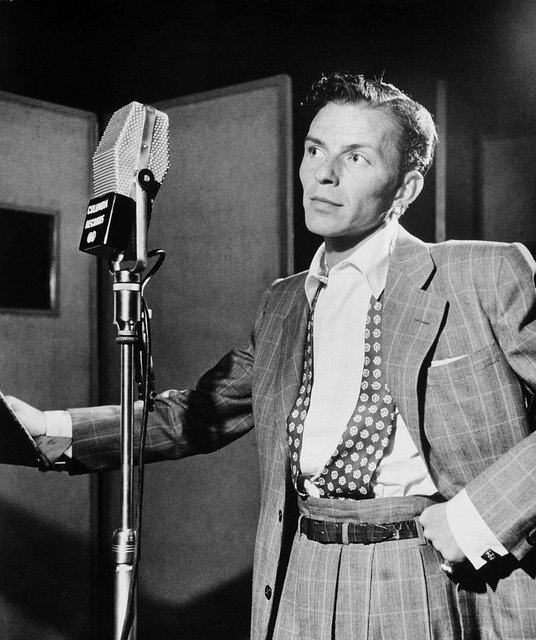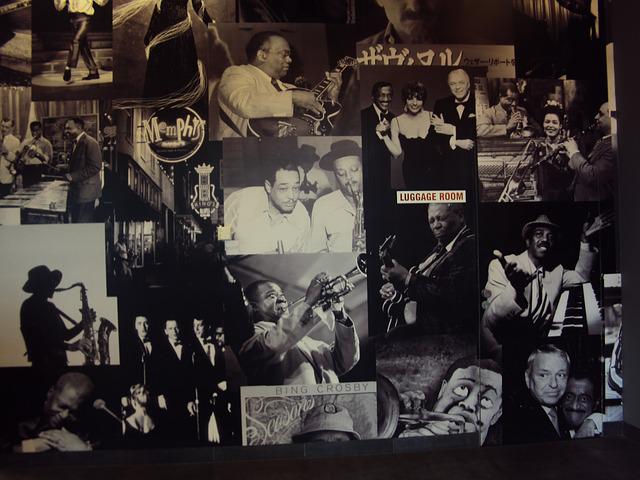BecomeSingers is reader-supported. When you buy through links on our site, we may earn an affiliate commission. Learn More
Frank Sinatra is one of the most famous and legendary singers in history. Born in Hoboken, New Jersey, the artist is considered to be the greatest American singer of the 20th century. But what genre is Frank Sinatra’s music?
With a career that spanned the course of 60 years, the singer experimented with different types of music but always kept his characteristic baritone singing style intact. Such a long influence may lead many to wonder what are the fundamental elements of Frank Sinatra’s songs.
As we said before, the crooner always had a very unmistakable tone to his voice and songs and many different factors can explain this identity. In this article, we will go through all of these characteristics so that you can understand what makes up Sinatra’s style and, most importantly, what music genres the singer is considered to be a part of.
Also Read: What Is Indie Music – Meaning, History & Examples
Table of Contents
Frank Sinatra’s Music Genre

Throughout the course of his career, Frank Sinatra experimented with many different genres, so we can’t pinpoint only one style of music. We will list those below, as well as explain the characteristics of each one.
- Traditional Pop
- Easy Listening
- Jazz
- Swing
- Big Band
Traditional Pop
This is Frank Sinatra’s main genre and the one that most people relate to the singer too. In the 1950s and 1960s, as well as before these decades, traditional pop was the most popular music style in the United States and had a global reach.
This genre of music is characterized by employing, most of the time, a main singer accompanied by a big band with traditional instruments such as drums, piano, and brass ensemble.
Easy Listening
The term easy listening was coined in the 1950s to, most of the time, describe the traditional pop music that was popular before rock n roll came around. It is deeply related to jazz and big bands of the 1930s and 1940s.
Jazz
Jazz was one of the first music genres to develop in the United States. It was also one of the first music styles that Frank Sinatra got into at a young age, so his music was heavily influenced by artists such as Gene Austin and Bing Crosby.
Also Read: How To Sing Jazz
Swing
Swing music is a style of jazz characterized by the emphasis on the off-beat and it was very popular in the 1920s and 1930s. Frank Sinatra appreciated this particular style and even released an album in 1961 called “Sinatra’s Swingin’ Session!!!”.
Big Band
Big Band is not exactly a music genre but more of a term for a jazz music ensemble consisting of ten or more musicians. It includes four different sections: saxophones, trumpets, trombone, and rhythm section.
Characteristics of Frank Sinatra’s Music and Singing Style

Frank Sinatra’s music is unmistakable and most people have listened to at least one or two songs from the artist in their life. But what exactly creates this identity?
A Baritone Voice Range
Frank Sinatra is arguably the most famous baritone singer of all time. The artist had a vocal range that spanned from G2 to G4 and often preferred to sing lower notes, thus creating his characteristic deep voice. If you want to learn more about vocal range and how to identify yours, make sure to check our website section specially dedicated to the subject here.
Legato Singing Style
Singing lower notes was not the only character present in Frank Sinatra’s singing style. The crooner very often employed the use of legato in his performances, heavily influenced by Bing Crosby. Legato singing is, simply put, when you make a connection between two notes that are far apart in the scale.
It is very easy to understand the technique once you listen to Frank Sinatra’s most popular songs such as Fly Me to the Moon.
Breath Control and Support
The singer had excellent breath control and support, which allowed him to sing longer notes. Training these two abilities is a must to sound like Frank Sinatra.
Signature Moves
Frank Sinatra had his own little signature moves that he employed in almost every performance. These include simple techniques that may not always be perceived if you don’t pay close attention when listening to a song but greatly improves the performance.
Some of his favorite signature techniques included short and quick vibrato, which is when the singer rapidly alternates through two adjacent notes on the scale; And subtle things such as holding consonants and playing with the dynamics of the vocal line.
If you want to understand these concepts better, here is a video from Ken Tamplin where the vocal coach makes an in-depth analysis of Frank Sinatra’s vocals on the song Fly Me To The Moon:
Also Read: Different Types of Singing Styles & Genres
Frequently Asked Questions
Is Frank Sinatra Considered Jazz?
Even though jazz wasn’t Frank Sinatra’s main genre, the artist was heavily influenced by the music genre and frequently played with jazz musicians, so we can consider Frank Sinatra a jazz artist.
What Is Frank Sinatra’s Biggest Song?
Strangers In The Night was Frank Sinatra’s most popular song if we consider that it spent 15 weeks on the Billboard Hot 100 chart. However, the singers have other compositions that are just as famous, such as Fly Me to the Moon.
What Was Frank Sinatra’s Biggest Influence on Popular Music?
The biggest influence Frank Sinatra had on popular music was his characteristic crooning style of singing, which inspired many artists after the singer got famous. He was also one of the first musicians to create concept albums.
How Many Number 1 Songs Did Frank Sinatra Have?
Frank Sinatra had 10 number 1 songs throughout the course of his career, but we must also note that the artist had 127 songs to reach the top twenty and 70 to reach the top ten.

Conclusion
As we learned in the article, the best music genre to describe Frank Sinatra’s music is traditional pop, but the crooner experimented with many styles throughout the course of his career and had a deep appreciation for jazz music.
Regardless of any labels, Frank Sinatra’s contribution to popular music is unique: the artist created the concept of a rockstar even before rock n roll was born and provided his unmistakable voice and style as inspiration for several generations of musicians and singers.
If you’re a singer and you want to sound like Frank Sinatra, we suggest that you practice basic techniques such as breath control and support frequently, as well as listen carefully to the singer’s work to identify the unique characteristics that make up his style. We hope this article was helpful. Please feel free to reach us if you have any questions or suggestions for our website!





